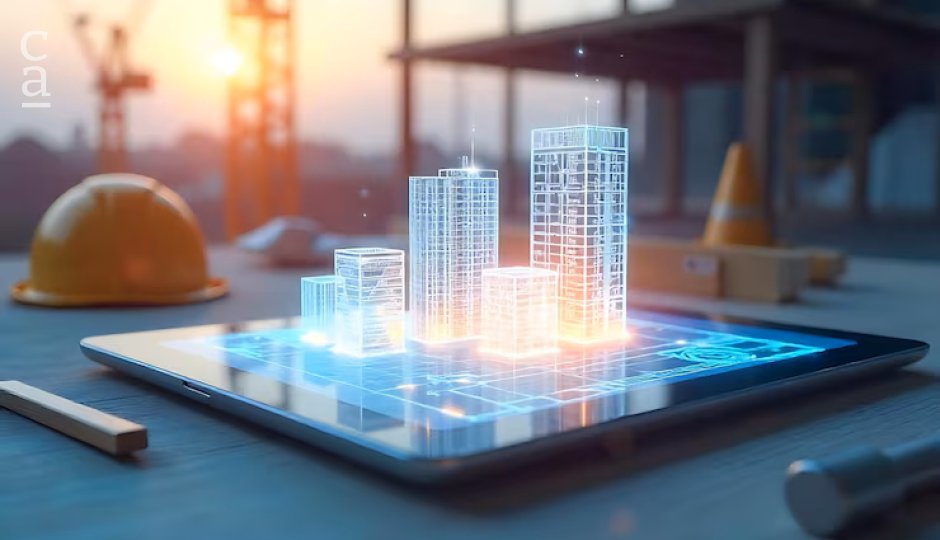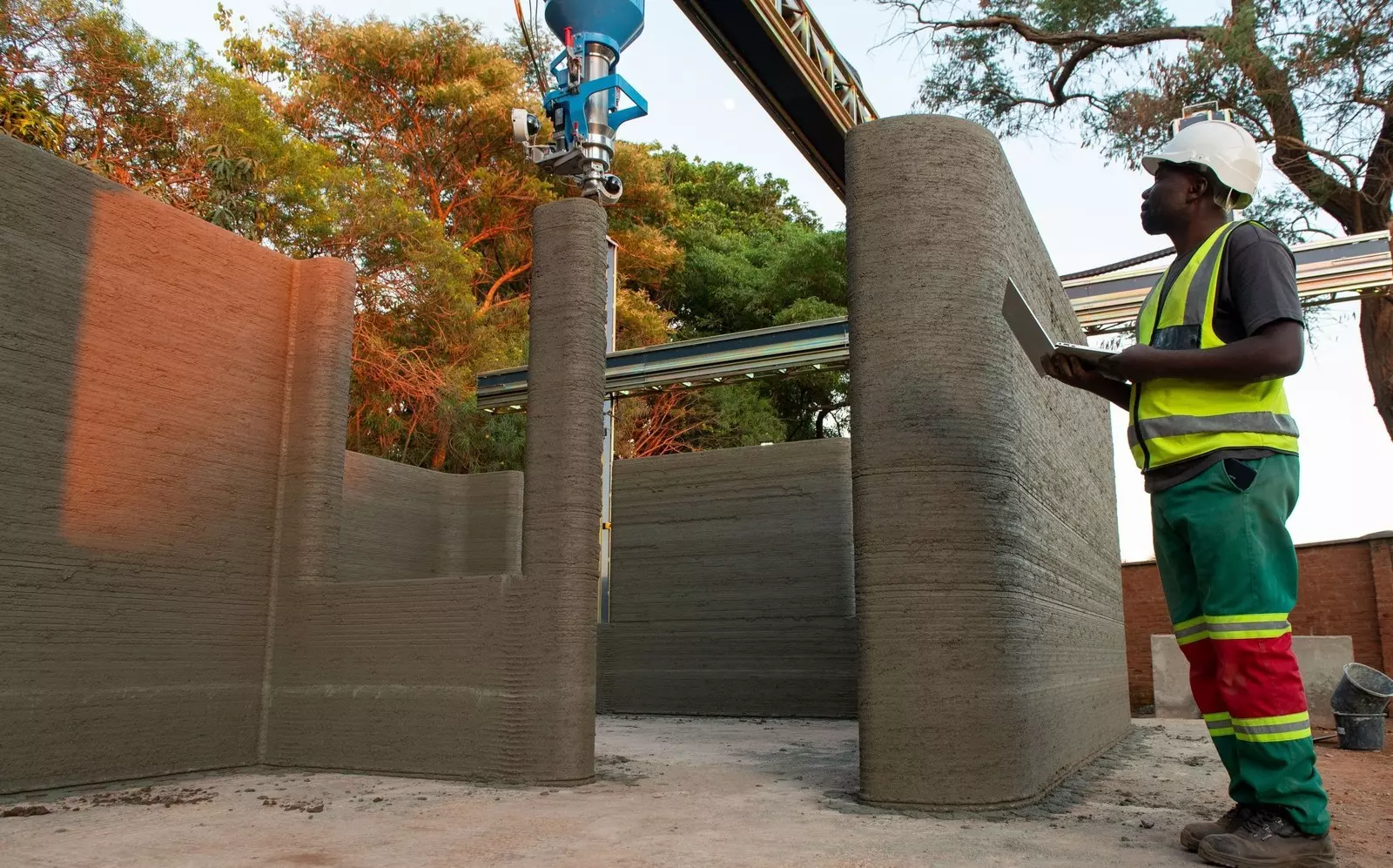Digital Construction in Africa: Building Smarter, Faster, and More Sustainably
While sectors like finance and manufacturing have gone digital, construction still leans heavily on manual methods and traditional systems.

Technology has always shaped how societies evolve — how we work, communicate, and build. Yet, construction, one of humanity’s oldest and most essential industries, has been among the slowest to embrace transformation. While sectors like finance and manufacturing have gone digital, construction still leans heavily on manual methods and traditional systems.
The COVID-19 pandemic — and even earlier disruptions such as Ebola and Monkeypox — exposed the vulnerability of those systems. Projects halted, supply chains broke down, and teams struggled to collaborate remotely. That moment forced a reckoning: digital construction isn’t a futuristic idea — it’s the reality already reshaping how the world builds. Africa must catch up.
With more than 1.2 billion people and the world’s youngest population, Africa holds immense potential. Nearly 70 percent of its citizens are under 30 — a generation fluent in technology and driven by innovation. If properly equipped, they can lead a digital awakening that redefines how Africa designs, constructs, and sustains its built environment.
At its heart, digital construction is about rethinking every stage of project delivery — from concept and design to maintenance — through the intelligent use of technology. It’s not just about automation; it’s about insight, connectivity, and efficiency.
Artificial Intelligence (AI) is already rewriting the rulebook for project management. It identifies patterns, anticipates risks, and optimizes designs, transforming raw data into practical intelligence. With AI, project teams move from reacting to problems to predicting and preventing
them — reducing cost, time, and uncertainty.
Virtual Reality (VR) is making design collaboration more immersive and accessible. Engineers, architects, and clients can now step into digital environments to review layouts, conduct remote site tours, and refine details before a single foundation is laid. It’s a leap that replaces guesswork with experience and strengthens project alignment.
Drones have become integral to modern construction. They provide a safe aerial perspective for surveying, monitoring, and mapping. By capturing accurate site data and real-time progress updates, drones enable faster reporting, enhance safety, and cut down costly field errors.
Equally transformative is 3D printing, which challenges long-held ideas about speed and affordability. Around the world, builders are experimenting with digitally fabricated housing prototypes completed in less than a day. Across Africa, early adopters are exploring how this technology can meet the continent’s growing need for sustainable, low-cost homes — without displacing its vital human workforce.

Robotics is advancing precision and safety on construction sites. From automated welding and assembly to material handling and inspection, robots can perform complex or hazardous tasks with consistency. They also help reduce waste and resource use — reinforcing the industry’s shift toward sustainability.
Beyond individual projects, digital technologies are redefining the structures and cities we inhabit. Smart buildings use sensors and analytics to regulate energy, comfort, and security intelligently. The aim isn’t to fill buildings with gadgets, but to make them responsive — designed for people and powered by data.
The same principle extends to urban development. Smart cities integrate transport, utilities, and environmental systems, creating more efficient, liveable, and resilient spaces. For many African cities, this model offers a framework for tackling challenges such as congestion, flooding, and waste management — issues that have long hindered growth.
Among the most promising tools in this evolution is the Digital Twin — a dynamic virtual model that mirrors the real-world performance of assets like bridges, buildings, or entire city districts. It allows engineers to simulate scenarios, anticipate maintenance needs, and optimize life-cycle performance long before issues arise.
Even the much-discussed Metaverse is beginning to influence the built environment. Developers are exploring virtual land ownership, immersive design collaboration, and digital real-estate transactions. The boundary between physical and digital space continues to blur — opening new opportunities for creativity and commerce.
Africa now stands at a pivotal moment. The digital transformation of construction is not a choice but an inevitability. The question is how quickly and boldly the continent will act. By investing in digital skills, enabling policies, and innovation-driven partnerships, Africa can move from being a consumer of global technology to becoming a producer of it.
The future of construction is digital. For Africa, the time to build that future is now.

Top Photo: Digital blueprint motion tablet with floating plans (source: freepik)

